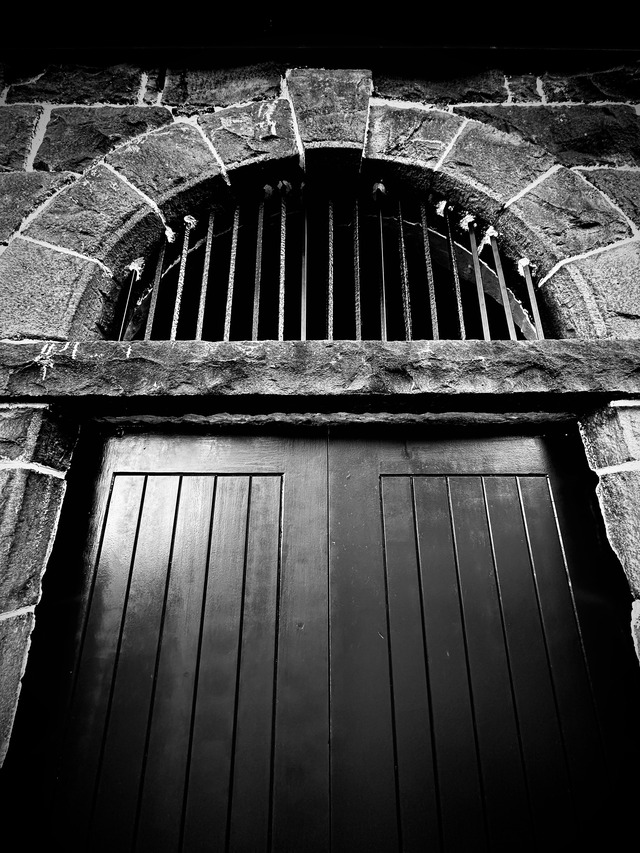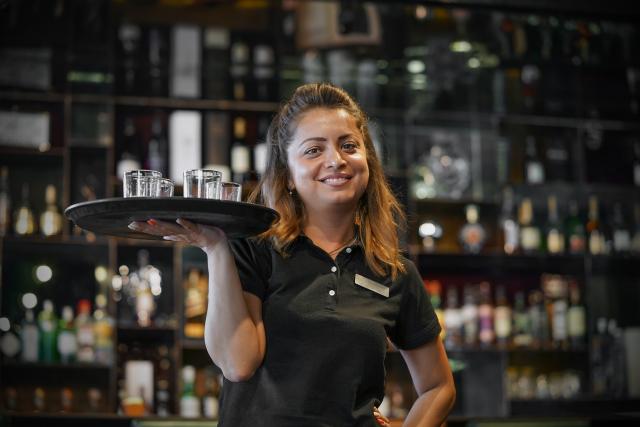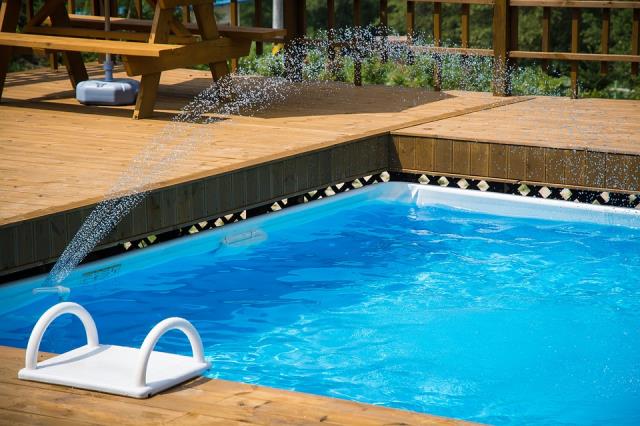The Williamstown Morgue will open for Open House Melbourne on Sunday, July 28.
The historic site has been restored with support from the West Gate Tunnel Partnerships Fund and Hobsons Bay council.
Built in the late 19th century, the Williamstown Morgue served the port town by providing essential services in the face of industrial and maritime accidents. Originally situated near Gem Pier, the morgue was moved twice before finding its final “resting place” at what is now Seaworks Maritime Precinct in 1873.
Its strategic location allowed for the efficient disposal of autopsy waste into the sea and the easy transfer of bodies retrieved from the water or visiting ships.
The building has been restored in line with its original gothic character, with the bluestone walls, lime wash, doors and external mortar all restored to resonate with its storied past.
In addition to preserving an integral part of Williamstown’s history, the conservation project is transforming the morgue into space for community engagement and education.
The morgue was closed in 1925 due to poor sanitary conditions and concerns about occupational health.
The former Williamstown Morgue serves as symbol of the town’s history and a reminder of the stories that have shaped its history.
Jack’s Magazine in Maribyrnong will also be open to the public as part of Open House Melbourne.
The former explosives store, located by the banks of the Maribyrnong River, was opened in 1878 and has remained locked and unused since the 1990s.
In addition to the open house, Melbourne’s Living Museum of the West will present the Logic of Logistics exhibition on the same day.
The exhibition will reveal how Australia developed an independent defence capability through a thriving manufacturing industry in Melbourne’s west, highlighting the contributions of scientists, workers, and women and girls to this effort.
Jack’s Magazine will be open on Saturday, July 27.
Open House Melbourne is an annual event where the public can explore significant buildings and spaces across Melbourne, many of which are usually closed to the public.







